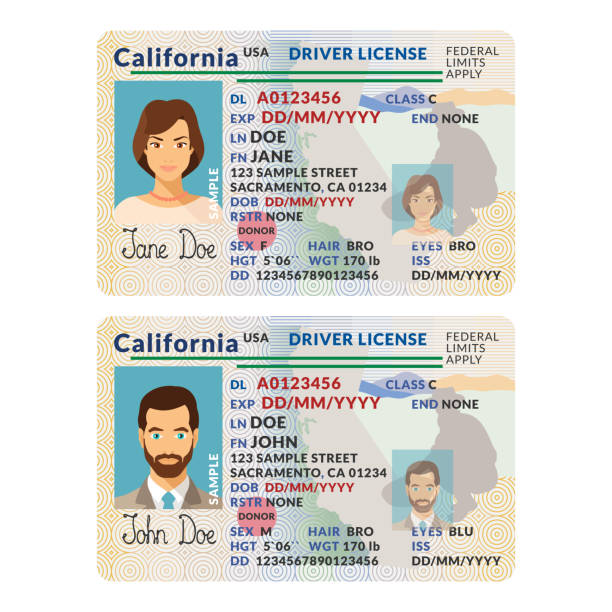As the use of technology has increased, so has the prevalence of fake IDs. Fake IDs are becoming increasingly common, and scannable fake IDs are becoming an even bigger issue. scannable fake id, which are IDs that can be scanned at point-of-sale systems, have the potential to cause significant financial losses and serious criminal penalties. In this blog post, we will discuss what you need to know about scannable fake IDs and how you can protect yourself and your business from them. We will cover topics such as the risks of scannable fake IDs, the laws surrounding them, and ways to identify them. We will also provide tips on how to prevent scannable fake IDs from entering your business. By understanding the risks and knowing what to look for, you can help ensure that your business and your customers are protected from the potential dangers of scannable fake IDs.
1. How to Spot a Fake ID
Fake IDs are becoming increasingly sophisticated, making it harder to spot a fake. However, there are a few steps you can take to make sure you don’t get duped. First and foremost, look closely at the ID card. If the card is glossy, it is likely a fake. Take a look at the raised seal and the security features, such as holograms, watermarks, and ultraviolet images. If there are any discrepancies between the information on the ID and the ID itself, such as a mismatched signature or a misspelled name, it is likely a fake. Finally, check to see if the ID card has a barcode or magnetic strip on the back, as most fake IDs do not. By taking the time to check for these details, you can spot a fake ID before it does any damage.
2. What to Look for When Buying a Scannable Fake ID
When looking for a scannable fake ID, you will want to make sure that you are getting the highest quality possible. You want to make sure that the ID looks and feels like a real ID, as this will help ensure that it will pass a scan. Look for an ID with a high-resolution image, as this will make it easier to scan the barcode and magnetic strip. Additionally, you should make sure that the ID is made with ID-grade plastic, which is the same type of material used for real IDs. Finally, you should check to make sure the card is printed with a laser printer, which will also make it easier to scan.
3. The Risks of Using a Fake ID
When it comes to using a fake ID, there are many risks that come with it. First, fake IDs are illegal. While the consequences vary depending on the state, you could be facing hefty fines, jail time, and even a permanent criminal record. Additionally, if you are caught with a fake ID, you could also be subject to penalties from a college or university.
Second, areas that have recently implemented facial recognition technology could easily detect a fake ID. If you try to use the ID at a venue that requires the use of facial recognition, you will likely be caught.
Lastly, many fake IDs don’t pass a simple glance test. When trying to use a fake ID, the person responsible for verifying the ID could easily spot that it is not real. This could land you in a lot of trouble and make it difficult to gain access to certain places.
In conclusion, it is essential for anyone who works with fake IDs to understand the technology behind them and the risks associated with them. Scanning fake IDs is a necessary part of verifying a person’s identity, but it is also important to ensure that the ID is a genuine document. With the proper training and knowledge of the technology involved, fake IDs can be easily spotted, and the proper measures can be taken to protect yourself, the business, and the customer.



